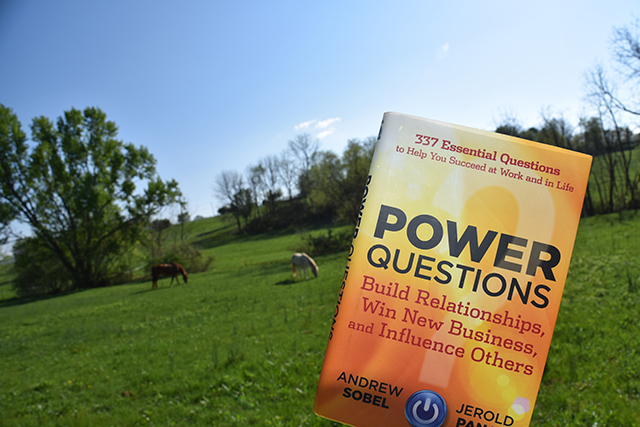We tend to have a natural inclination (a tendency) toward certain actions and behaviors. These tendencies play a big role in determining our habits and daily routine. Exploring and understanding our various tendencies gives us a chance to better identify our strengths and weaknesses, and then assess the best ways to communicate with others and ourselves.
The Four Tendencies
Gretchen Rubin, author of “The Happiness Project,” developed four tendencies to describe and frame how we respond to inner and outer expectations.
Outer expectations are just that — expectations defined outside of an individual. Think deadlines for work projects, emails you need to respond to, asks from your significant other. Inner expectations are expectations you set for yourself. Finish that book you’ve been writing for years, start meditating, read more.
What are the four tendencies?
Here’s a quick rundown of the four different tendencies that Rubin outlines in her work:
- Upholders respond readily and easily to outer and inner expectations. You know, the people who did all the work in the group project at school.
- Questioners question everything. (Not too surprising.) They perceive all expectations as inner expectations and will only meet them if they think it makes sense.
- Obligers strive to meet all outer expectations placed on them, but struggle to take time for themselves to accomplish inner expectations.
- Rebels resist both outer and inner expectations and present a whole new set of communication challenges.
If you’re interested in knowing what your tendency is, you can take the quiz on Ruben’s website.
Tendencies at work
I took the quiz and was surprised to see that my tendency was the Rebel. I told myself that there was no way I was a Rebel. But, after facing the facts, I suppose it makes sense. After all, I have a pile of work projects to get through and a book to write.
So I set aside some time to do a deep dive into my to-do list and see what would happen.
My list was rather large to start (as only a Rebel’s could be!), so I decided to break it down as I usually do. I wrote down how long I thought it would take me to finish a task and then numbered each task based on how important I thought it was. The list clocked in at 6.5 hours to complete, well outside of the four hours I’d set aside.
It was when I began to label tasks based on priority — at least my perception of priority — that I realized Rubin had me caught. I was a Rebel through and through. My list was headed not by my most pressing issue, but by the task that I was most excited to do. And at the end of four hours, although I had only completed about three hours of work, I felt relieved and productive. I had successfully scratched my creative itch with my personal projects and made headway into tasks I was less enthusiastic about, even though I had discarded nearly every expectation when performing my tasks.
Embracing my tendency
The advantage of being a Rebel is that you can make your own rules and redesign the expectations of tasks. Rebels adapt work to fit their needs and wants, and in doing so, find a balance and groove that runs rampant, if only for a few fleeting moments.
Rubin’s tendencies framed my habits in a new and interesting way that I hadn’t thought of before. Instead of focusing on the negatives of being a Rebel, I embraced my tendency and discovered how it played into my mindset and productivity.
Understanding how you work is the first step in making changes. So if you’re looking to transform your health, work life, and relationships, and ultimately, create the life you want, you may want to know your tendency!
This post was originally published on April 19, 2018.








